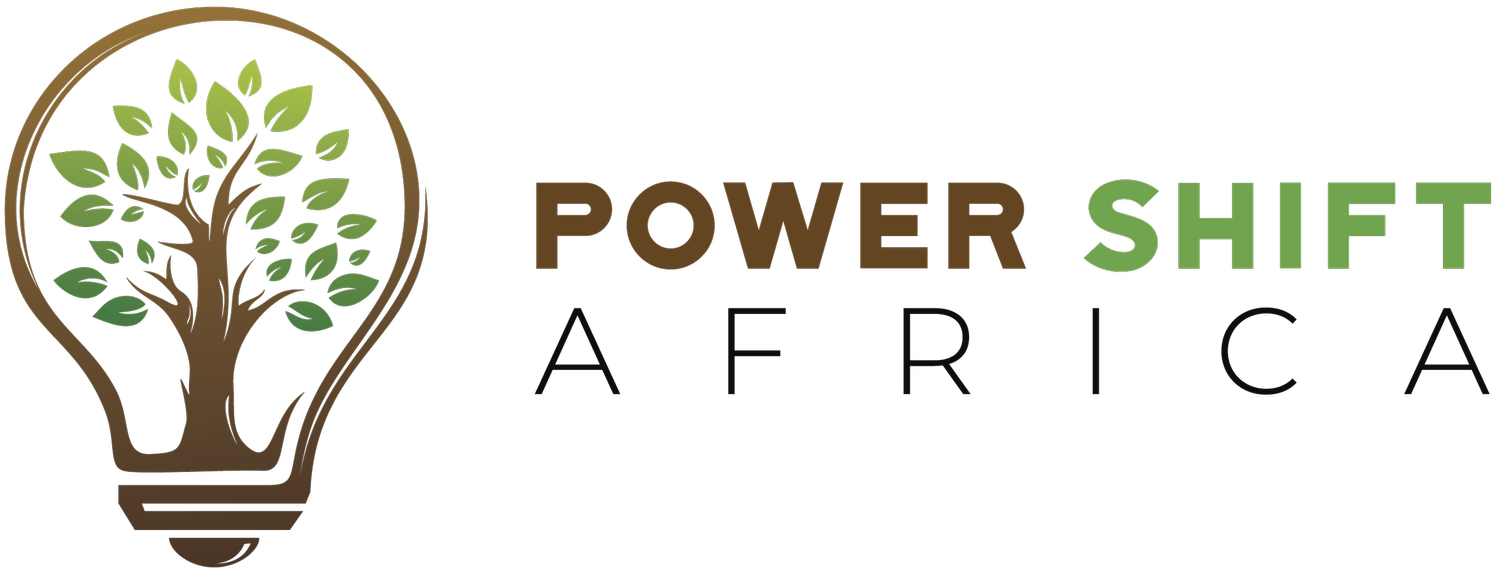The role of wetlands in climate adaptation
BY JUMA IGNATIUS
Imagine a sponge. When there’s too much water, it soaks it up. When it’s dry, it releases moisture to keep the environment balanced.
This is exactly what wetlands do for our planet. And much more.
Wetlands are nature’s ‘unsung heroes’ when it comes to supporting ecosystems because of their multifaceted roles in climate mitigation, adaptation and resilience building.
Swamps act as natural carbon sinks. They store significant amounts of carbon in their soils and vegetation, which makes them suitable for reducing the concentration of greenhouse gases in the atmosphere.
Peatlands, a type of wetland, store twice as much carbon as all the world’s forests combined. Peatlands in Africa cover nearly 40 million hectares. The two most popular ones are the Congo and the Nile Basin.
Beyond carbon storage, wetlands are lifesavers for communities dealing with the effects of climate change. For a continent like Africa that faces occasional floods and severe droughts, wetlands act as natural buffer—absorbing excess rainwater to prevent flooding and releasing water during dry spells to keep rivers flowing and groundwater levels stable.
Wetlands are also essential for food security. They overflow with life, providing a home for fish, birds and other wildlife that local communities depend on for their food needs. Keeping wetlands healthy, therefore, ensures that locals have access to resources, especially as weather patterns become more unpredictable.
Urban areas
With the erratic weather patterns and growth of urban areas in Africa, wetlands can help make cities more bearable to live in. They reduce the ‘‘urban heat island’’ effect (where cities become much hotter than surrounding areas) and help improve water quality.
For the coastal regions, wetlands such as mangroves protect shorelines from storm surges and rising sea levels, keeping both communities and infrastructure safe.
Unfortunately, wetlands are under immense threat. Over a third of the world’s wetlands have disappeared since 1970. In the last 15 years alone, wetlands have been destroyed at three times the rate of forests. This is a disaster for wildlife, for humans and life on the planet.
Indeed, experts warn that a staggering 83 percent of freshwater species are declining because of the destruction of their homes.
This should be a wake-up call for the world. When wetlands are vandalised, the carbon they store is released back into the atmosphere. The rich biodiversity that supports food security is also destroyed. Meanwhile, our planet loses its natural defences against floods and droughts. This accelerates climate change.
The good news? By protecting and restoring wetlands, we can turn this around and achieve meaningful and sustained adaptation.
Consequently, governments must integrate wetlands into national and regional climate adaptation policies, promote sustainable management and involve local communities in efforts to conserve them.
Approaches that target locals in wetland conservation will ensure that adaptation efforts are culturally appropriate and economically beneficial for all.
This way, we will protect nature, sustain livelihoods and slow down climate change.
